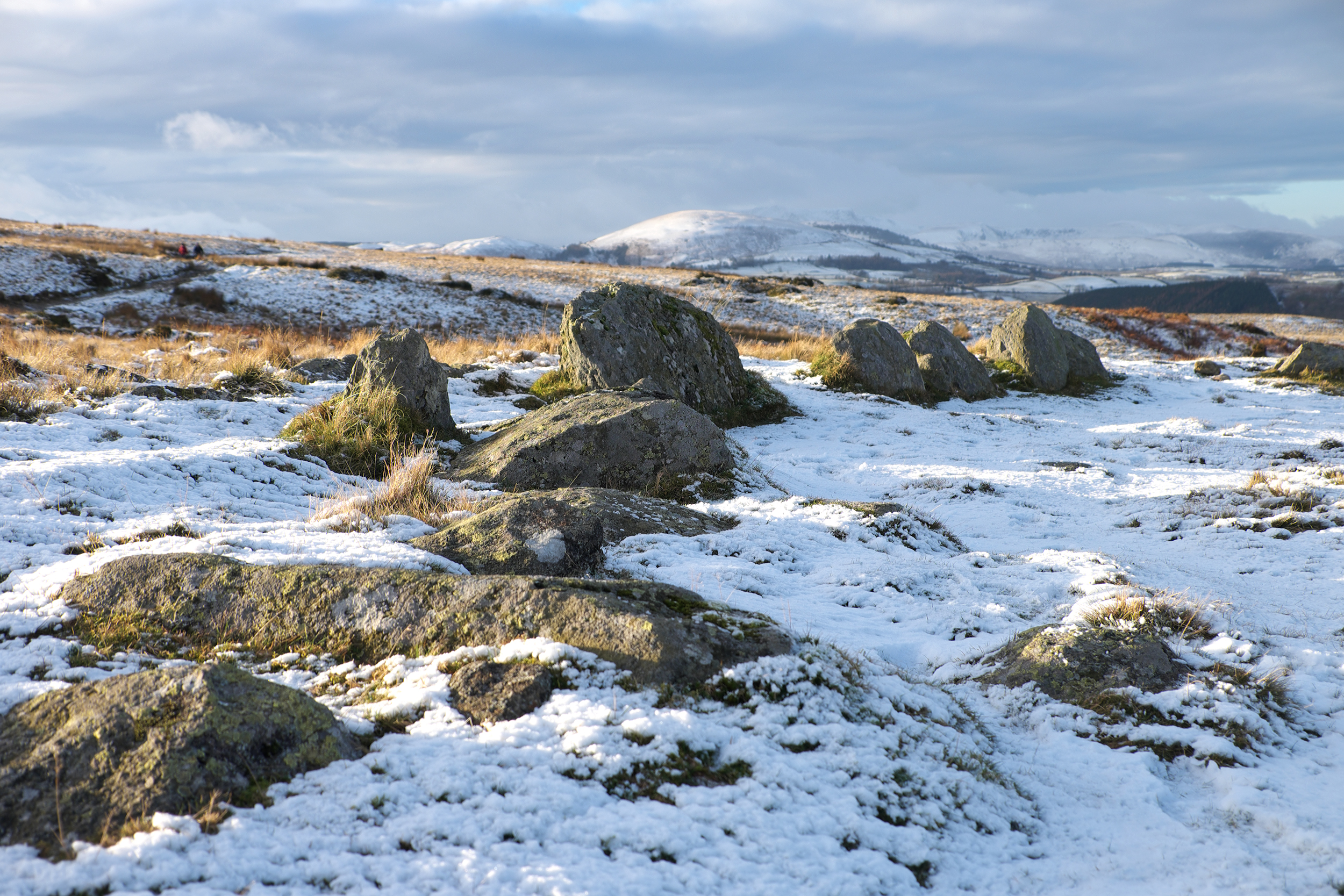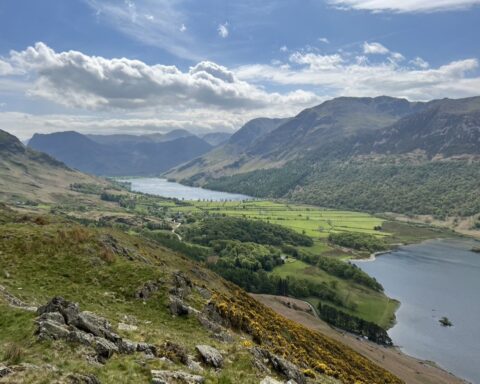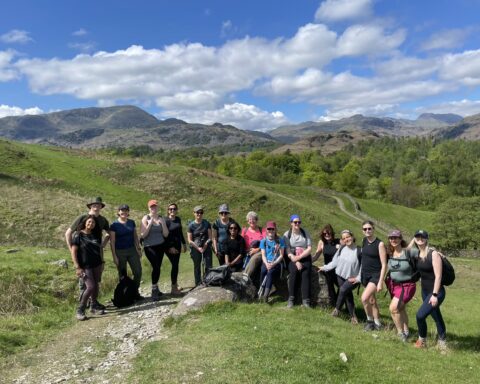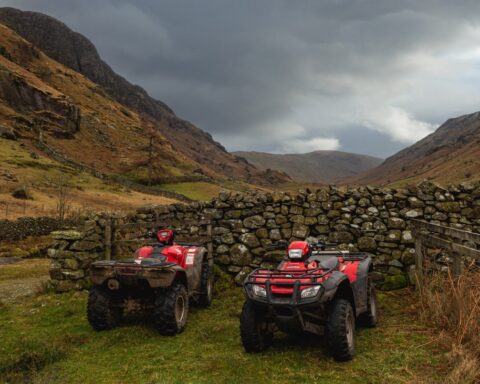Exploring the Bronze Age Mysteries of Askham Moor
Upon closer inspection, the moody and low moorland above Pooley Bridge at the northern end of Ullswater reveals a landscape dotted with Bronze Age mysteries. Turf-covered stone mounds and substantial depressions dot Askham Moor, causing confusion about what is natural and what is not. The Bronze Age funerary cairns of Cockpit Stone Circle make up many of the stone mounds. Shake holes, naturally formed by water and underlying limestone, make up many of the depressions. However, some of the stone formations are natural and some of the holes are man-made, making it all very confusing!
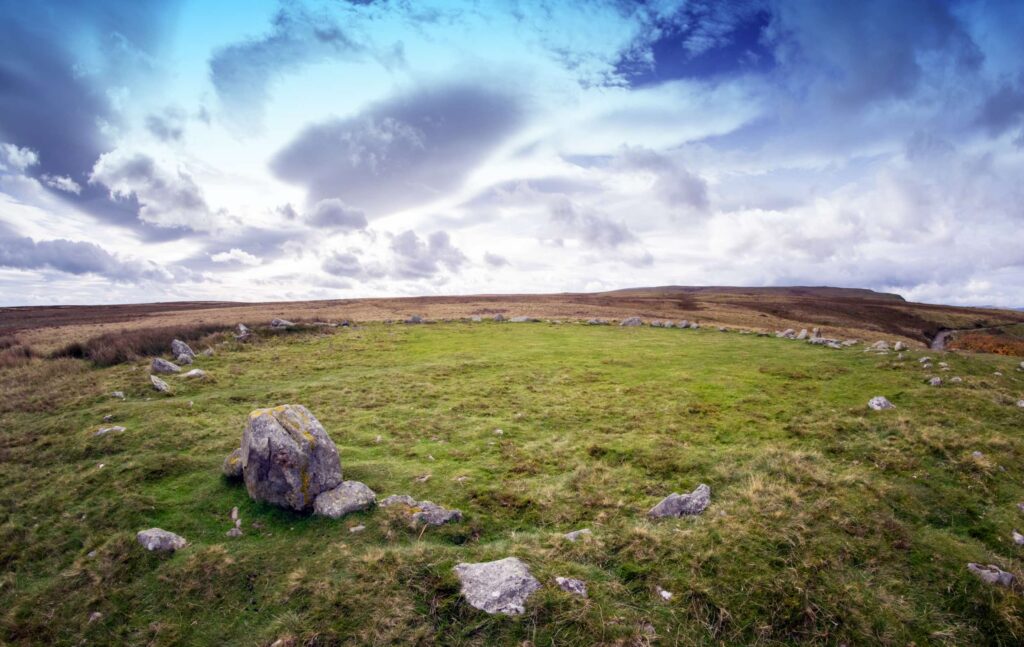
The Enigmatic History of The Cockpit
The Cockpit is one of the most impressive and bewildering ancient remains. Consisting of about 30 standing or recumbent stones on the inside of a low bank. It dates back between 3500 and 5000 years, and its purpose remains unknown. It might have served as a meeting place or had religious significance, but there is no certainty. The site’s name is believed to have been acquired in more recent times when it was used for cock-fighting. Other stone circles in Cumbria, such as Castlerigg and Long Meg and Her Daughters, also remain enigmas.
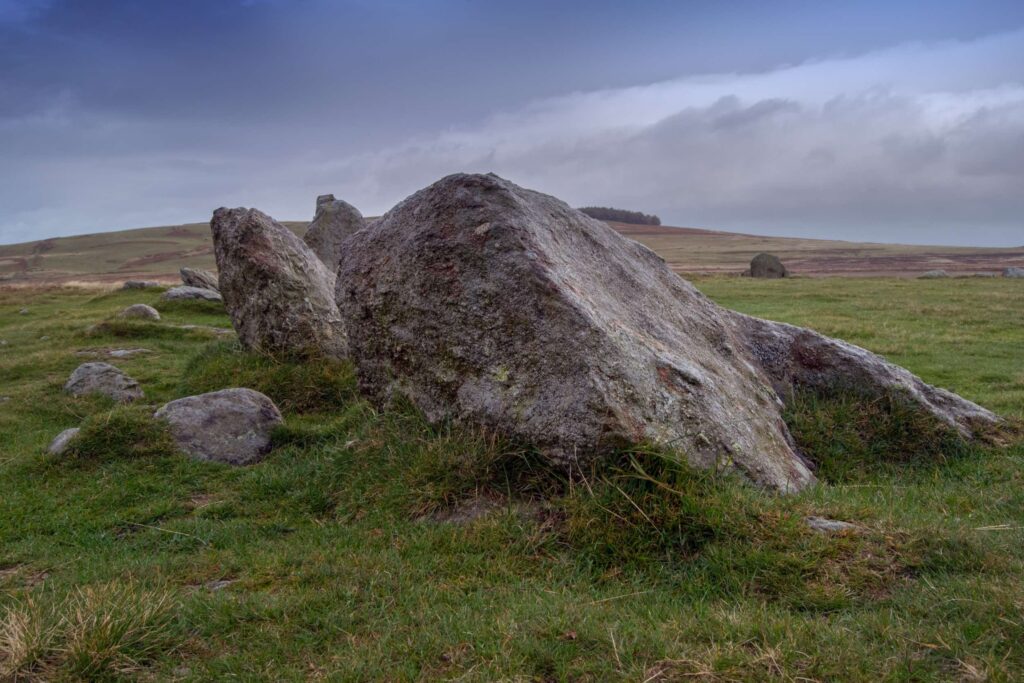
The Cop Stone: A Solitary Standing Stone
On the eastern edge of the moor, there is a solitary standing stone known as the Cop Stone, located about a mile away.
Accessing Cockpit Stone Circle and the Bronze Age Sites of Askham Moor
Open access land criss-crossed by well-used paths and tracks provides access to the Bronze Age sites of Askham Moor, which visitors can reach on foot from either Pooley Bridge or Askham. Off-road cyclists and horse riders can also visit both the Cop Stone and The Cockpit, as they are located near bridleways.
If you’re looking for a unique experience during your Ullswater Way or the Ullswater Way Heritage Trail trek, be sure to stop by Cockpit Stone Circle. It’s definitely worth a visit, even if you’re not completing the entire route. Trust me; you won’t be disappointed!

